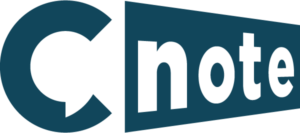Buyer’s Guide
Point of Sale
What is a mortgage Point of Sale (POS)?
A Mortgage Point of Sale (POS) is a software platform or system that streamlines and automates the mortgage application process from start to finish. It is a technology solution designed to simplify and expedite the mortgage origination process for lenders and borrowers.
In a mortgage POS system, borrowers can complete and submit their mortgage application online, provide all required documentation electronically, and track the progress of their application in real time. Lenders can use the POS system to manage and process loan applications, review and verify borrower information, communicate with borrowers, and generate loan documents.
By using a mortgage POS system, lenders can reduce the time and effort required to process a mortgage application while improving accuracy and compliance. It enables borrowers to have a more efficient and convenient experience throughout the mortgage application process.
Features of a Mortgage POS
A mortgage Point of Sale (POS) system typically includes the following key features:
- Online Application: Borrowers can complete a mortgage application online, providing their personal and financial information.
- Document Upload: The POS system allows borrowers to securely upload and submit supporting documents, such as pay stubs, bank statements, and tax returns.
- Real-time Application Status: Borrowers can track the progress of their application in real-time, giving them visibility into where they are in the mortgage process.
- Communication Tools: The POS system facilitates seamless communication between borrowers and loan officers, allowing them to ask questions, provide additional information, and receive updates on their loan application.
- Automated Underwriting: The POS system can integrate with underwriting software to automate the review and verification of borrower information, ensuring accuracy and consistency in the underwriting process.
- Compliance Management: Mortgage POS systems often have built-in compliance features to help lenders adhere to regulatory requirements, such as the ability to generate the necessary disclosures and documentation.
- Integration Capabilities: POS systems can integrate with other mortgage technology platforms, such as loan origination systems and credit reporting agencies, streamlining the mortgage workflow.
- Reporting and Analytics: Lenders can access reports and analytics within the POS system to gain insights into their mortgage pipeline, loan origination volume, and other key performance indicators.
By leveraging these features, mortgage POS systems aim to enhance the efficiency, transparency, and borrower experience throughout the mortgage application process.
Note: The specific features may vary depending on the POS provider.
Benefits of a Mortgage POS
Using a mortgage Point of Sale (POS) system offers several benefits for both lenders and borrowers:
- Enhanced User Experience: Mortgage POS technology simplifies the application process for borrowers, enabling them to input information and track the progress of their application easily. This improves the overall borrower experience and convenience.
- Streamlined Loan Origination: A mortgage POS system automates and streamlines the loan origination process, improving efficiency and reducing the time required to process a mortgage application. This can lead to faster approval and closing times.
- Improved Communication and Collaboration: POS systems enable seamless communication between borrowers and loan officers, allowing quick and efficient collaboration during the mortgage application process. This reduces delays and misunderstandings.
- Increased Accuracy and Compliance: By integrating with underwriting software and providing built-in compliance features, a mortgage POS system helps ensure accurate data entry and adherence to regulatory requirements. This reduces the risk of errors and improves compliance with industry regulations.
- Real-time Application Status Updates: Borrowers can track the progress of their mortgage application in real-time using a POS system, giving them transparency and visibility into the status of their loan. This helps reduce anxiety and uncertainty for borrowers.
- Integration Capabilities: POS systems often integrate with other mortgage technology platforms, such as loan origination systems and credit reporting agencies, creating a seamless workflow and eliminating the need for manual data entry. This enhances operational efficiency and reduces errors.
Overall, a mortgage POS system offers benefits such as improved efficiency, enhanced borrower experience, streamlined processes, and reduced risk in loan processing.
Does a mortgage POS work for all lines of the mortgage business?
There are varying opinions and perspectives on whether a mortgage POS is suitable for all lines of the mortgage business. However, it is generally agreed that a mortgage POS is designed to support traditional mortgage lending activities such as origination, processing, underwriting, closing, and post-closing.
While a mortgage POS system may be beneficial for traditional mortgage lending activities, it may not suit all lines of the mortgage business. For instance, it may not be ideal for complex commercial and industrial (C&I) loans or loans that require significant human intervention.
However, advances in technology are providing opportunities for POS vendors to expand beyond traditional mortgage loans to include other lines of the mortgage business. These expansions may be feasible as long as vendors continue to deliver technologically sound and user-friendly systems.
Thus, it may not be accurate to say that a mortgage POS works for all lines of the mortgage business. Still, it remains an excellent solution for traditional mortgage lending activities.
Other Considerations When Evaluating a Mortgage POS
When evaluating a mortgage Point of Sale (POS) system, there are several other considerations to keep in mind:
Advanced Features:
Look for a POS system that offers advanced features such as document management, e-signature capabilities, automated workflows, and real-time status updates. These features can streamline the mortgage process and enhance efficiency.
User and Admin Needs:
Consider the usability and customization options of the POS system to ensure it meets the needs of both users (loan officers, processors) and administrators. Customizable dashboards, user roles, and permissions can improve productivity and user satisfaction.
System Integrations:
Evaluate the POS system’s ability to integrate with other software and systems used in your mortgage business. Seamless integrations with loan origination systems (LOS), credit bureaus, e-recording platforms, and servicing platforms can enhance overall operational efficiency.
Compliance Requirements:
Compliance is crucial in the mortgage industry, so ensure that the POS system follows the necessary regulatory guidelines, including data security (e.g., encryption), consumer protection (e.g., TRID, HMDA), and document retention.
Implementation, Training, and Adoption:
Consider the implementation process, including data migration and any necessary system configurations. Additionally, evaluate the training and support options provided by the POS vendor to ensure a smooth transition and effective user adoption.
These considerations can help you choose a mortgage POS system that aligns with your business requirements and supports your overall operational goals.
How much does a mortgage POS cost?
There is no precise average cost of a mortgage point-of-sale (POS) system as it can vary depending on the vendor, features, and pricing model. Pricing for POS software can range from over $200 per month, depending on the needs of the business.
Some mortgage POS vendors offer pricing plans and quotes tailored to your mortgage business’s specific needs. For instance, some providers offer pricing based on the number of loans you process per month, while others may charge a flat monthly fee. Additionally, some vendors may charge fees for add-on features such as e-signatures, document management, and integrations with other mortgage technologies.
Since POS pricing varies depending on business’s size and complexity, it is best to contact vendors directly to obtain accurate pricing information based on your business’s unique needs, especially since some vendors offer negotiable pricing based on the size of the contract.
Recap
A mortgage Point of Sale (POS) system simplifies and streamlines the mortgage application process for lenders and borrowers. Its key features include online applications, real-time status updates, automated underwriting, compliance management, and integration capabilities. A mortgage POS system offers enhanced user experience, streamlined loan origination, improved communication, real-time application status updates, and integration capabilities. When evaluating a mortgage POS system, consider advanced features, user and admin needs, system integrations, compliance requirements, implementation, training, and adoption. The cost of a mortgage POS system varies depending on the vendor, features, and pricing model.



